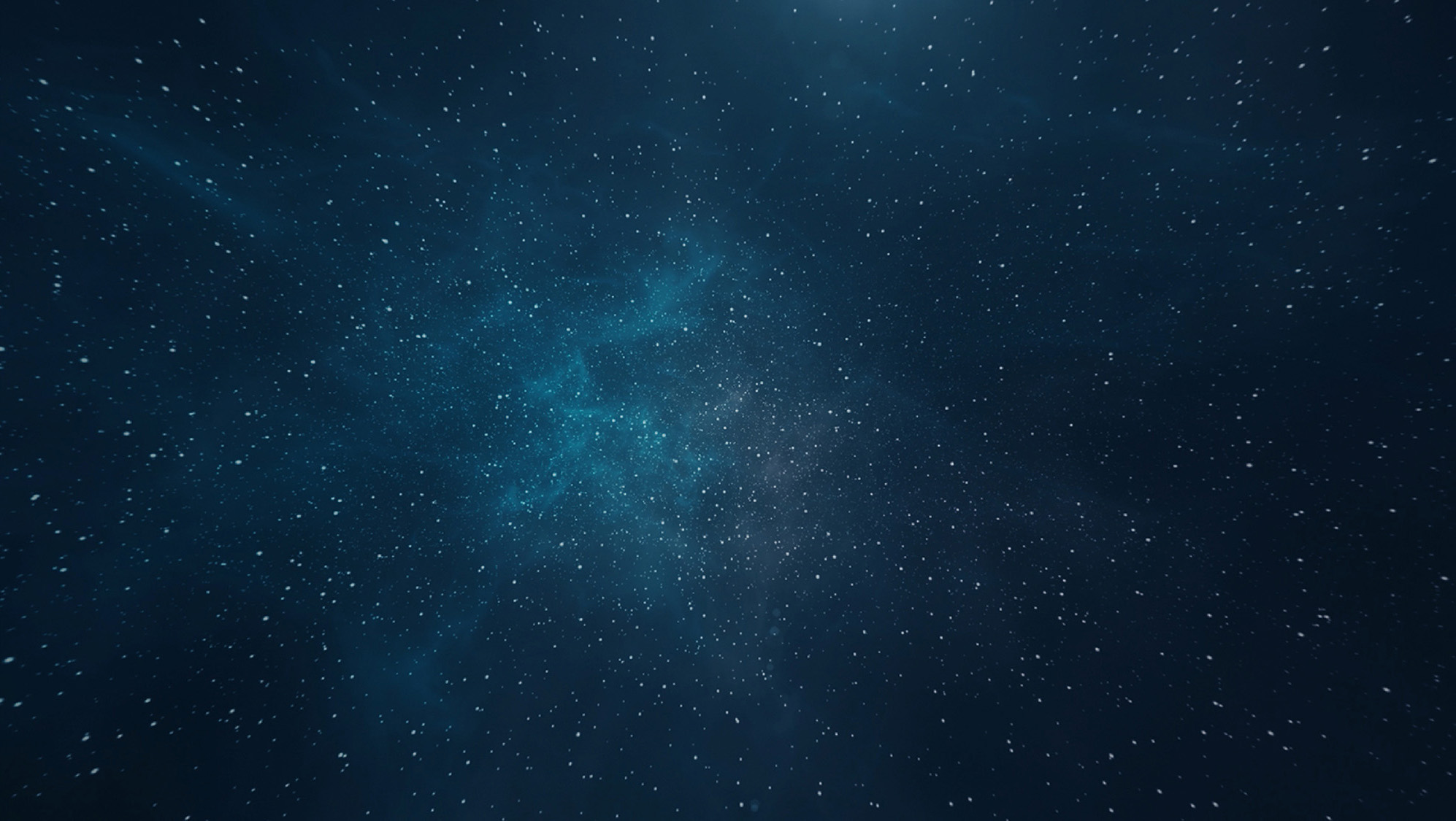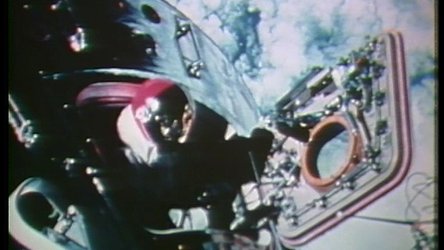Accept all cookies Accept only essential cookies See our Cookie Notice

About ESA
The European Space Agency (ESA) is Europe’s gateway to space. Its mission is to shape the development of Europe’s space capability and ensure that investment in space continues to deliver benefits to the citizens of Europe and the world.
Highlights
ESA - United space in Europe
This is ESA ESA facts Member States & Cooperating States Funding Director General Top management For Member State Delegations European vision European Space Policy ESA & EU Space Councils Responsibility & Sustainability Annual Report Calendar of meetings Corporate newsEstablishments & sites
ESA Headquarters ESA ESTEC ESA ESOC ESA ESRIN ESA EAC ESA ESAC Europe's Spaceport ESA ESEC ESA ECSAT Brussels Office Washington OfficeWorking with ESA
Business with ESA ESA Commercialisation Gateway Law at ESA Careers Cyber resilience at ESA IT at ESA Newsroom Partnerships Merchandising Licence Education Open Space Innovation Platform Integrity and Reporting Administrative Tribunal Health and SafetyMore about ESA
History ESA Historical Archives Exhibitions Publications Art & Culture ESA Merchandise Kids Diversity ESA Brand Centre ESA ChampionsLatest
Space in Member States
Find out more about space activities in our 23 Member States, and understand how ESA works together with their national agencies, institutions and organisations.
Science & Exploration
Exploring our Solar System and unlocking the secrets of the Universe
Go to topicAstronauts
Missions
Juice Euclid Webb Solar Orbiter BepiColombo Gaia ExoMars Cheops Exoplanet missions More missionsActivities
International Space Station Orion service module Gateway Concordia Caves & Pangaea BenefitsLatest
Space Safety
Protecting life and infrastructure on Earth and in orbit
Go to topicAsteroids
Asteroids and Planetary Defence Asteroid danger explained Flyeye telescope: asteroid detection Hera mission: asteroid deflection Near-Earth Object Coordination CentreSpace junk
About space debris Space debris by the numbers Space Environment Report In space refuelling, refurbishing and removingSafety from space
Clean Space ecodesign Zero Debris Technologies Space for Earth Supporting Sustainable DevelopmentLatest
Applications
Using space to benefit citizens and meet future challenges on Earth
Go to topicObserving the Earth
Observing the Earth Future EO Copernicus Meteorology Space for our climate Satellite missionsCommercialisation
ESA Commercialisation Gateway Open Space Innovation Platform Business Incubation ESA Space SolutionsLatest
Enabling & Support
Making space accessible and developing the technologies for the future
Go to topicBuilding missions
Space Engineering and Technology Test centre Laboratories Concurrent Design Facility Preparing for the future Shaping the Future Discovery and Preparation Advanced Concepts TeamSpace transportation
Space Transportation Ariane Vega Space Rider Future space transportation Boost! Europe's Spaceport Launches from Europe's Spaceport from 2012Latest

Apollo 11 launch pad
Thank you for liking
You have already liked this page, you can only like it once!
Celebrating 50 years since Apollo 11 blasted off with the first humans that would walk on the Moon, Copernicus Sentinel-2 captures the historic launch site at Kennedy Space Center, Cape Canaveral, Florida, US.
On 16 July 1969, the Saturn V rocket carrying Apollo 11 began its momentous voyage to the Moon. It lifted off from launch pad 39A – which can be seen in this Copernicus Sentinel-2 image from 29 January 2019. Launch pad 39A is the second pad down from the top (the launch pad at the far top is 39B).
The crew – Neil Armstrong, mission commander, Michael Collins, command module pilot and Edwin ‘Buzz’ Aldrin, lunar module pilot – were embarking on a milestone in human history.
Just four days later, the lunar module, the Eagle, touched down. Watched on television by millions around the world, Neil Armstrong was the first to set foot on the Moon, famously saying, “That's one small step for man, one giant leap for mankind.”
A few minutes later he was joined by Buzz Aldrin. They took photographs, planted the US flag, spoke to President Richard Nixon via radio transmission and spent a couple of hours walking and collecting dust and rocks. The two men returned to lunar module, slept that night on the surface of the moon, and then the Eagle began its ascent back to re-join the command module, which had been orbiting the Moon with Michael Collins. Apollo splashed back down safely in the Pacific Ocean on 24 July.
The Moon has again captured the attention of space agencies. ESA and international partners are now looking forward to the next era of human exploration, and to better understand the resources available on the Moon to support human missions longer-term. While Apollo 11 touched down for the first time on the near side of the Moon 50 years ago, it is time to explore the far side, examine different types of lunar rocks there to probe deeper into the Moon’s geological history and to find resources like water-ice that are thought to be locked up in permanently shadowed craters near the Moon’s south pole.
-
CREDIT
contains modified Copernicus Sentinel data (2019), processed by ESA -
LICENCE
CC BY-SA 3.0 IGO or ESA Standard Licence
(content can be used under either licence)

Apollo 11: For All Mankind.

Apollo 11: For All Mankind.

Space In The 70's

Man In Space















 Germany
Germany
 Austria
Austria
 Belgium
Belgium
 Denmark
Denmark
 Spain
Spain
 Estonia
Estonia
 Finland
Finland
 France
France
 Greece
Greece
 Hungary
Hungary
 Ireland
Ireland
 Italy
Italy
 Luxembourg
Luxembourg
 Norway
Norway
 The Netherlands
The Netherlands
 Poland
Poland
 Portugal
Portugal
 Czechia
Czechia
 Romania
Romania
 United Kingdom
United Kingdom
 Slovenia
Slovenia
 Sweden
Sweden
 Switzerland
Switzerland

























